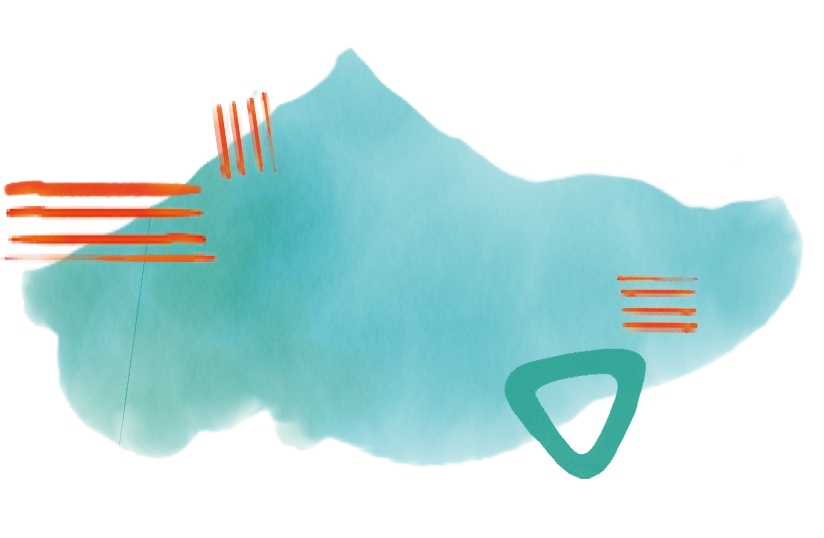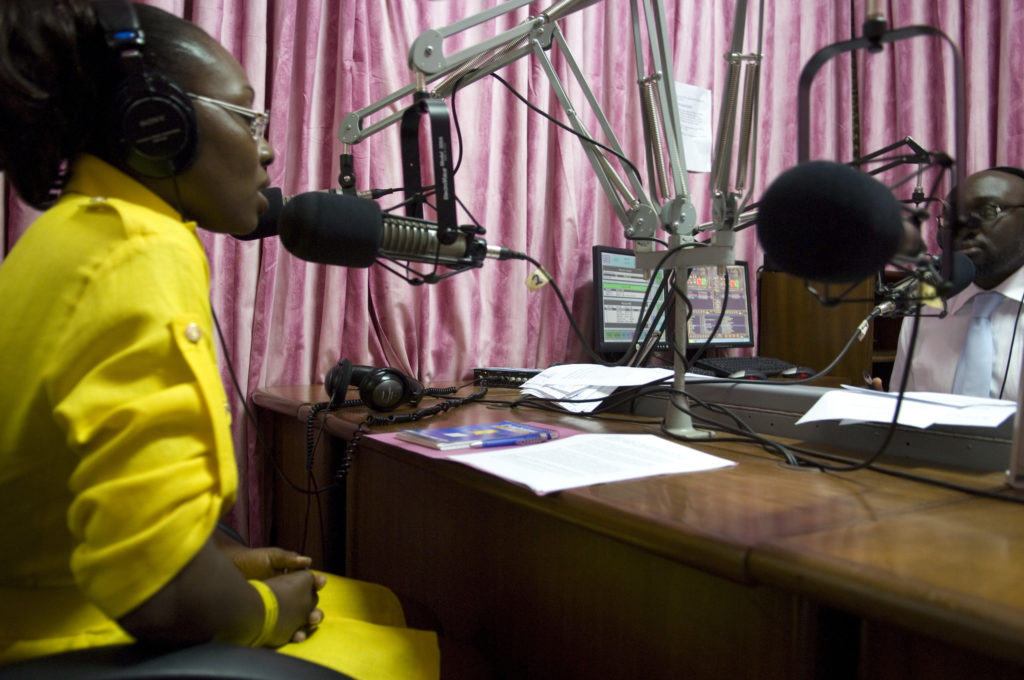Unwelcome sexual behaviour that is offensive, humiliating, or intimidating can be written, verbal, or physical, and it can happen in public or in private. Sexual harassment has negative impacts on women’s physical and mental health and well-being, impedes their mobility, and restricts their opportunities to participate in school, work, leisure activities, and public life.

A study by ActionAid found that 89 percent of women in Brazil, 86 percent in Thailand, and 79 percent in India experienced sexual harassment or abuse on the streets of their cities. Women and gender-nonconforming people can be harassed in many settings:
- In and on the way to school
- In workplaces
- Around communal toilets or water sources
- On public transit
- Increasingly, online



Patriarchal notions uphold men’s sense of entitlement to women’s bodies. While harassment is widespread, people who defy traditional gender norms may become specific targets of harassment and violence. These may include:
- Women in senior-level professional positions, traditionally male occupations, or political leadership roles
- Lesbian, gay, bisexual, transgender, and gender-nonconforming individuals
Sexual harassment is sometimes minimised or framed as less harmful than other forms of violence. This false and harmful notion contributes to normalising violence and gender inequality.
Promising practices are emerging on how to prevent and respond to sexual harassment in public spaces and in the workplace. Taking these ‘everyday’ forms of violence seriously helps prevent all forms of violence.





